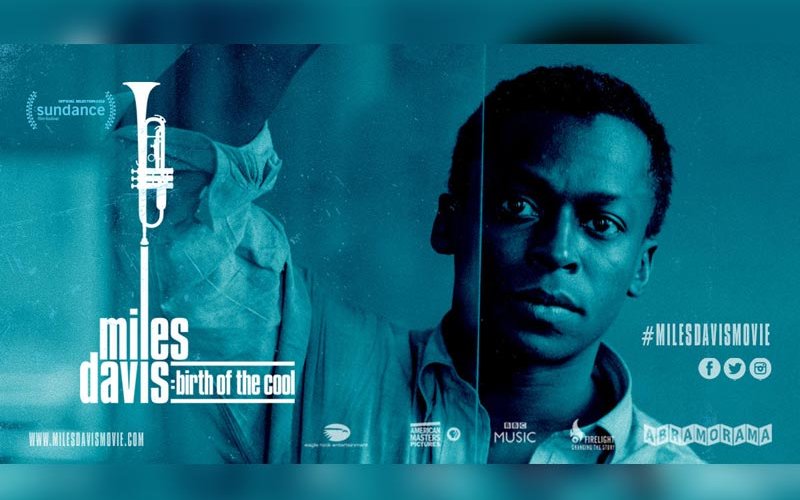
“Throughout Miles Davis’s career, fans and critics kept asking of his work, ‘Is it jazz?’ and he answered with something new that made them ask the question again.”
Benjamin Cawthra, a Cal State Fullerton professor of history, recently lent his voice to a documentary on the legendary jazz trumpeter and composer, discussing the artist’s early life, his beginnings with Columbia Records and the “Miles Ahead” album cover.
“Miles Davis: Birth of the Cool,” which debuted at the Sundance Film Festival in January, is currently making its way throughout the country.
“I was lucky to be included in the documentary, along with so many people who knew him and played with him,” said Cawthra, who began researching the late artist in the early 1990s. “As the film shows, not everything about Davis the man is admirable, but Davis the artist continues to inspire.”
How did you begin studying such jazz musicians as Miles Davis?
“I was always drawn to the music, but it came into focus as a research project when I curated an exhibition on Davis’s life at the Missouri History Museum in St. Louis. That show opened in 2001 for the 75th anniversary of his birth. My book, ‘Blue Notes in Black and White: Photography and Jazz,’ is a combined study of the interactions between music and photographers against the backdrop of race in the mid-20th century United States. Of course, there is a chapter on Davis.”
In your research about Davis, what were you most surprised to learn?
“Just how carefully he projected and managed his own image. It seems to be the case that he never took a bad photograph, and that was very much by design on his part. For an early Columbia Records release, ‘Milestones,’ Davis stares directly into the camera while wearing a green Oxford cloth shirt and sitting in an up-to-the-minute, mid-century modern chair. Personifying a new era of African American confidence and insistence on social change, Davis was determined to be anything but invisible.”
If you had the opportunity to interview Davis today, what would you ask?
“I think I would interview Davis about boxing, clothes, cooking, painting — he spent a lot of time on his artwork in his later years — and his father, who was a dental surgeon and follower of black nationalist Marcus Garvey, and maybe get around to some questions about photography and music if he was still talking to me.
“Davis was not interested in looking back at past accomplishments and became impatient in interviews with questions about whatever happened in 1965. He was adamant about the music speaking for him.”